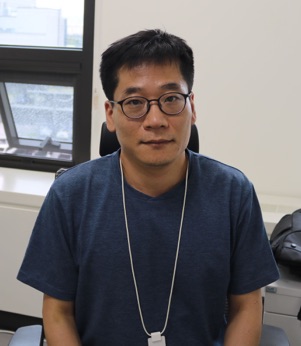Advanced Study Group: Coherent Charges, Spins and Phonons in Superconducting Weak Links


(Tel Aviv University, Israel)
Amnon Aharony
After my Ph.D. in high energy physics, my research concentrated on condensed matter and statistical physics, including critical phenomena (universality classes, multicritical points, liquid crystals), fractal geometry of random systems (percolation, flow in porous media, DLA, physics on fractals), random systems (phase transitions with random fields, spin glasses, self-averaging), quantum magnetism (magnetic structures of cuprates, including spin glass, Dzyaloshinskii-Moriya interactions, Kugel-Khomskii model, multiferroics), mesoscopic physics (the Aharonov-Bohm interferometer with additional terminals, quantum pumping, noise).
Recently, my research concentrates on transport through molecular junctions: thermoelectricity, the effects of telegraph noise and the role of spin-orbit interactions. The latter includes spin filtering and spin selection (e.g. through weak spin-orbit active weak links between superconducting reservoirs).
For a full list of my publications see http://physics.bgu.ac.il/~aaharony
Danko Radić
(University of Zagreb, Croatia)
My Ph.D. was in theoretical solid state physics, obtained in 2006 at the University of Zagreb, Croatia. At that time, major fields of my scientific interest were the condensed matter physic, especially collective effects like spin and charge density waves induced by external magnetic field in the systems of anomalous dimensionality, as well as nonlinear physics related to the onset of quantum chaos in billiard systems. During the period 2008 - 2011, I was a postdoc at the University of Gothenburg and Chalmers University of Technology, Gothenburg, Sweden, where I broadened my scientific interest into fields of physics of nanoelectromechanical systems and thermally assisted magnetic recording. At the moment, I am involved in the field of collective and topological effects of synthetic magnetic fields and nanoelectromechanical systems, leading and collaborating in several domestic and international projects. I have been employed at the position of assistant professor since 2013 and associate professor from 2018 at the Department of Physics, Faculty of Science, University of Zagreb.
Mats Jonson
(University of Gothenburg, Sweden)
I am a condensed matter theoretician, who for my PhD in the 1970’s worked on electron correlations in inhomogeneous electron systems, proposing methods to go beyond the local density approximation of density functional theory and schemes to go beyond the random phase approximation in describing electron correlations in semiconductor inversion layers. Later, as a postdoctoral associate, I got interested in thermal and electrical transport properties of disordered metals as well as thermoelectric effects in quantum Hall systems, the latter with time leading to a broader interest in the transport properties of mesoscopic systems (single-electron tunneling, Coulomb blockade physics, mesoscopic superconductivity, magneto-conductance). In the late 1990’s my research focused on nano-electromechanics and the interplay between mechanical, electrical, and magnetic degrees of freedom in quantum coherent or incoherent nanosystems. More recently I have developed an interest in exploring the effects of the electronic spin-orbit interaction in the context of nanolelectrical systems comprising a spin-orbit active electric weak link, which is the topic of this ASG.
Additional information, including my CV and a list of publications is available here.
Ora Entin-Wohlman
(Tel Aviv University, Israel)
My research is on condensed matter theory. On superconductivity, I worked on the interface between normal (N) or magnetic and superconducting (S) materials, on granular superconductors, on superconductivity in two-band metals, on non-equilibrium superconductors and on the explanation of the large observed persistent current in copper rings. I also worked on the theory of strongly localized vibrational modes ('fractons'), of the magnetoconductance of the phonon-assisted hopping electrons (including the effects of the spin-orbit interaction), of the Hall resistance in the hopping regime, and of the orbital spin-Hall effect in the hopping regime. In work on oxides, I studied the magnetic phases of the cuprates and the phase diagrams of the titanates and of some multiferroic materials. In work on mesoscopic systems, I worked on the Aharonov-Bohm interferometer with additional terminals, on quantum pumping, and on noise.
Recently, my research concentrates on transport through molecular junctions: thermoelectricity, the effects of telegraph noise and the role of spin-orbit interactions. The latter includes spin filtering and spin selection (e.g. through weak spin-orbit active weak links between superconducting reservoirs).
For a full list of my publications see http://physics.bgu.ac.il/~oraentin
Robert Shekhter
(University of Gothenburg, Sweden)
Over many years, my research has been focused on studying the mesoscopic physics of magnetic, normal and superconducting nanostructures. Effects of electron-electron correlations and quantum coherence on strongly non-equilibrium transport, nano-electromechanics and the physics of spin-active electric weak links have been of particular interest. Among main results I would like to highlight the theoretical prediction of Coulomb blockade oscillations in single-electron tunneling [Zh. Eksp. Teor. Fiz. 63 (4) 1400 (1972)], the theory of universal conductance quantization in ballistic quantum point contacts [JETP Lett. 48 (4) 238 (1988)], the theory of point contact spectroscopy of elementary excitations in metals [Zh. Eksp. Teor. Fiz. 81 (6) 2126 (1981)], the prediction of a nanomechanical shuttle instability in nano-electromechanical structures [Phys. Rev. Lett. 80 (20) 4526 (1998)], and more recently the prediction of Rashba spin splitting of electron spin states in spin-active electric weak links [Phys. Rev. Lett. 111 (17) 176602 (2013)].
A full list of my publications is available here.
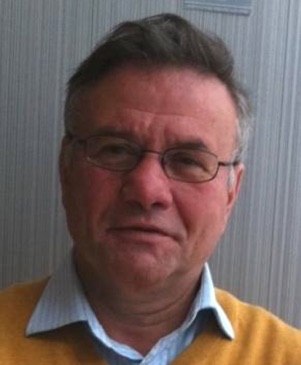
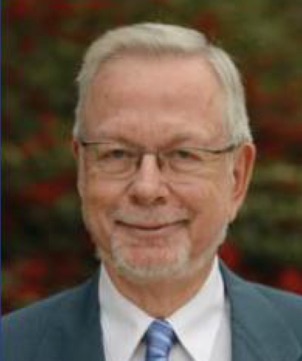
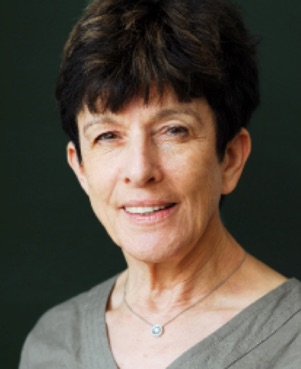
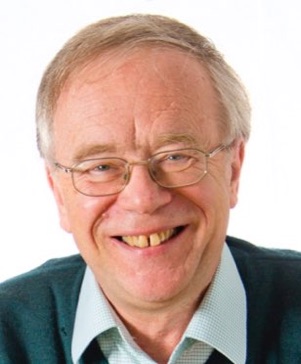

Leonid Gorelik
(Chalmers University of Technology, Sweden)
I am performing theoretical studies in the field of mesoscopic physics (nanophysics). The main directions of my research may be classified as follows: interference phenomena in nonequilibrium mesoscopic systems; mesoscopic super-conductivity; coherent phenomena in strongly correlated electronic systems; quantum dynamics in quasi-periodic systems; nanoelectromechanics and nanospintronics. The physics of spin-active electric weak links is of my particular interest. Among my main results I would like to highlight: the exact solution of the quasiperiodic model describing electron dynamics in time dependent magnetic field, [Phys. Rev. Lett. 78, 2196 (1997)]; the prediction of a nanomechanical shuttle instability in nano-electromechanical structures [Phys. Rev. Lett. 80 (20) 4526 (1998)]; the theoretical description of the new phenomena - ground state cooling of the nanomechanical resonator by thermally activated single-electron transport [Phys. Rev. Lett. 106, 186803 (2011)], demonstration that the interplay of Rashba spin-orbit interaction and Zeeman splitting results in the appearance of a Josephson current even in the absence of any phase difference between the superconductors [Low Temp. Phys. 30, 398 (2004)].
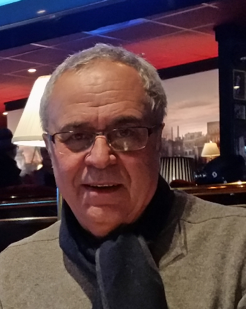
Chulki Kim
(KIST, Korea)
My research has been focused on studying on electron transport in nanoelectromechanical system. Nanomechanical electron shuttling system and mechanical computing as its application are of particular interest. Recently, I am working on superconducting shuttling systems with electro-mechanical resonators, where coherent transfer of Cooper-pairs via a mechanical oscillator is expected between electrodes. My other project includes magnetometry with nitrogen-vacancy (NV) center where the NV center senses the nanotesla field fluctuations from the protons, enabling both time-domain and spectroscopic nuclear magnetic resonance (NMR) measurements on the nanometer scale. This research is ultimately pursued towards nanoscale magnetic resonance imaging (nano MRI).

Junho Suh
(KRISS, Korea)
My research focuses on the experimental studies of nanomechanical systems in the quantum regime. Nanofabrication, low-temperature techniques, and low-noise/high-frequency electronic measurement are my major experimental tools for probing quantum phenomena emerging from artificial quantum objects like nanomechanical systems. My past projects include the first demonstration of qubit-nanoresonator coupling, the quantum back-action evading measurement of motion, and the quantum squeezing of mechanical oscillators. Recently, I am pursuing quantum hybrid systems with electro-mechanical and opto-mechanical resonators, where quantum coherent dynamics is expected between charge/spins and nanomechanical oscillations.
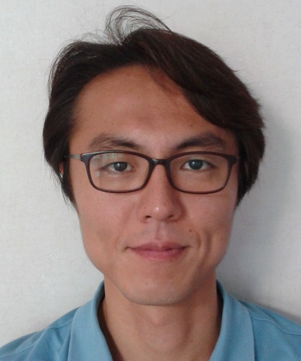
(Weurtzburg University, Germany)
Sang-Jun Choi
(PCS IBS)
Jae-Ho Han
(Chosun University, Korea)
Nojoon Myoung
(PCS IBS)
Anton Parafilo
(PCS IBS)
Chang-Hwan Yi

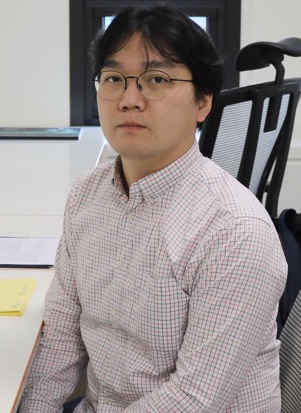
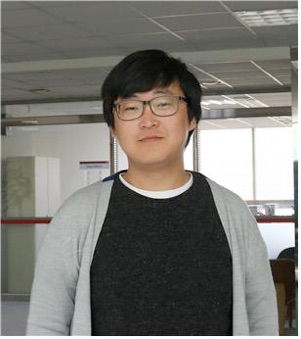
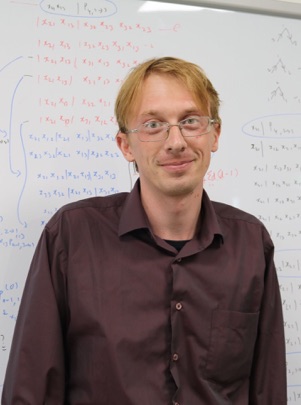
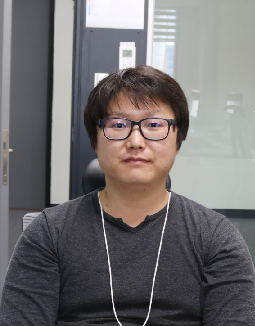
(IIT Roorkee, India)
Debashree Chowdhury
Hee Chul Park
(Pukyong National University, Korea)
My research interests are focused on studying the electron transport in mesoscopic systems such as topological insulators, graphene, 2D materials, nano-electromechanical systems superconducting nanostructures. Driven quantum dot, non-hermiticity-induced symmetry breaking effect, quantum chaos, and nonlinear dynamics are also included in my research area. I was a postdoc at the University of Gothenburg (Sweden), where I focused on nano-electromechanical shuttle and thermally assisted magnetic spring. I moved to KIAS (Korea), where I was involved in the field of topological insulators and collaborated in band theory on the 2D materials. I joined PCS IBS in 2015.
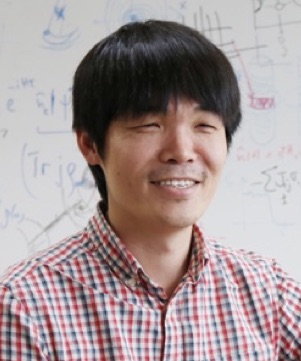
(PCS IBS)
Sunghun Park
